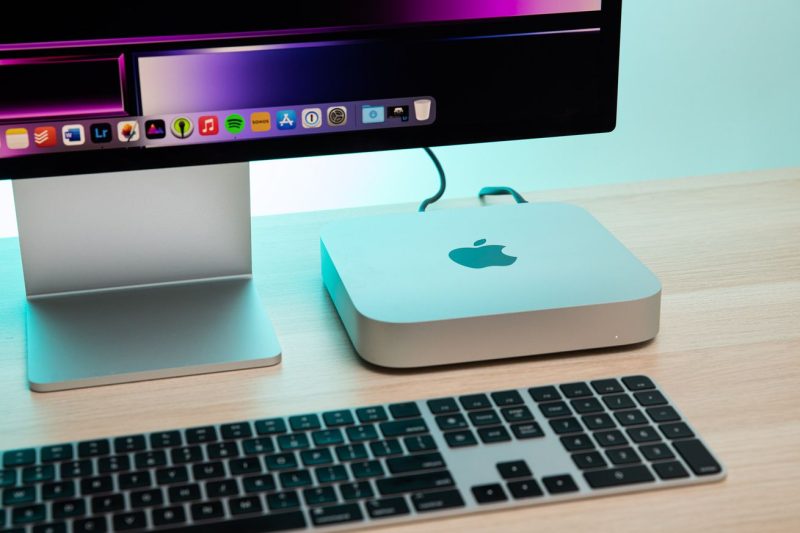In a tech industry characterized by continual innovation and evolution, the latest rumors about Apple’s Mac Mini redesign have sent waves of excitement and speculation among tech enthusiasts. The reported plan to eliminate the USB-A port in the upcoming Mac Mini model marks a bold departure from the traditional design, potentially signaling a significant shift in Apple’s approach to connectivity and user experience.
The decision to jettison the USB-A port in favor of faster, more versatile alternatives like USB-C reflects Apple’s commitment to embracing cutting-edge technology and streamlining its product offerings. USB-C, known for its high data transfer speeds and compatibility with a wide range of devices, has become increasingly prevalent in the tech world, and Apple’s move to adopt this standard aligns with its reputation for setting industry trends.
While the removal of the USB-A port may come as a surprise to some users accustomed to this familiar feature, it also presents an opportunity for Apple to enhance the overall functionality and aesthetic appeal of the Mac Mini. By consolidating ports and emphasizing a sleek, minimalist design, the new Mac Mini could offer a more cohesive and streamlined user experience, catering to the demands of modern consumers who value simplicity and efficiency.
Moreover, the adoption of USB-C in the Mac Mini redesign would further align Apple’s products with its ecosystem strategy, promoting seamless connectivity and interoperability across different devices. With USB-C becoming increasingly ubiquitous in laptops, smartphones, and other gadgets, the transition to this universal standard could position the Mac Mini as a hub for a wide range of peripherals and accessories, enabling users to create a versatile and integrated workspace.
Of course, the rumored redesign of the Mac Mini is likely to spark debates and discussions among Apple enthusiasts and industry analysts. Some may express concerns about the potential inconvenience of losing the USB-A port, especially if they have invested in numerous devices that rely on this connectivity standard. Others, however, may view the change as a necessary step towards future-proofing the Mac Mini and aligning it with the latest technological advancements.
Ultimately, Apple’s decision to revamp the Mac Mini with a new design that excludes the USB-A port underscores the company’s progressive mindset and its commitment to pushing boundaries in the tech world. By embracing USB-C and prioritizing innovation and user experience, Apple continues to set the bar high for its competitors and maintain its position as a trendsetter in the ever-evolving landscape of consumer electronics. The forthcoming release of the redesigned Mac Mini promises to be a pivotal moment for Apple and a testament to its vision for the future of computing.

























